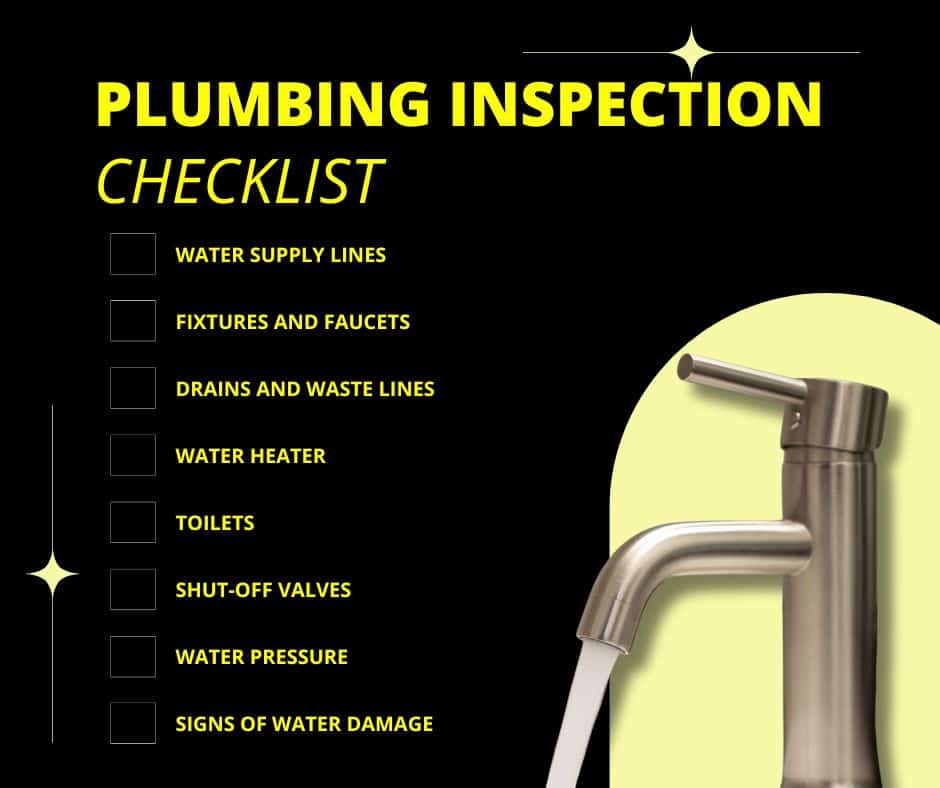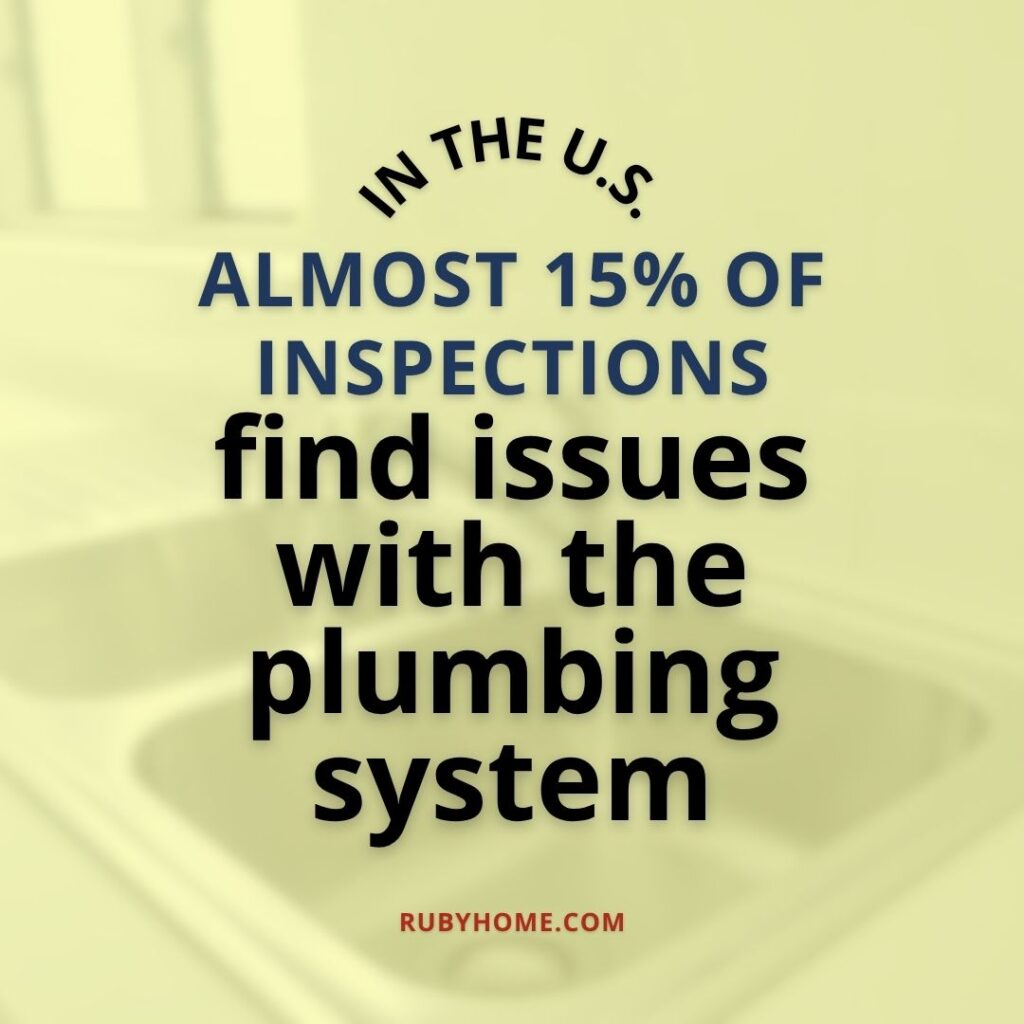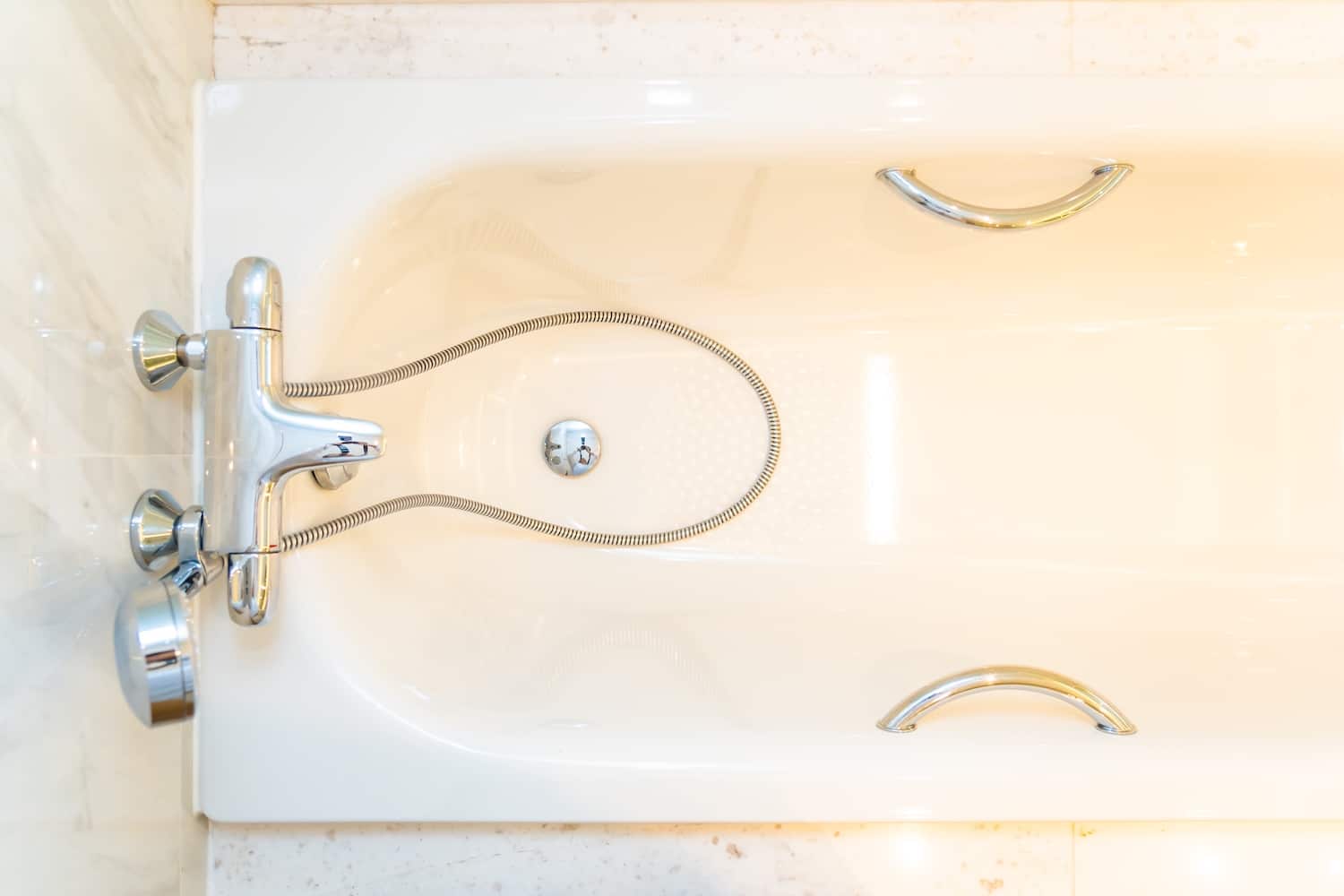When buying a home or maintaining the one you live in, plumbing often gets overlooked. You might test a few faucets or flush the toilets, but what about the pipes, drains, and hidden systems behind the walls? Whether you’re planning to purchase or catch wear and tear, this plumbing inspection checklist will help you understand what to look for and why it matters.
A professional inspection can reveal issues you may not see during a quick tour.
Why Plumbing Inspections Are Important
Plumbing problems can be some of the most expensive and disruptive issues to repair in a home. Leaks can lead to water damage, mold, and high utility bills.
Aging pipes may need to be replaced, and hidden drain issues can cause backups at the worst times.
For buyers, an inspection can reveal costly repairs before closing.
For homeowners, regular plumbing checks can help prevent damage and avoid emergency repairs later on.

What’s Included?
Water Supply Lines
The inspection checklist begins with visible plumbing supply lines for signs of corrosion, leaks, or outdated materials. In many older homes in this area, galvanized pipes may still be present and should be evaluated, as they are prone to corrosion and low water flow.
Fixtures and Faucets
All fixtures and faucets will be tested to check water flow and pressure. The inspector will also check for leaks under sinks and around fixtures that may not be obvious during normal use.
Drains and Waste Lines
The drain function is a major part of plumbing health. The inspector will check sinks, tubs, and showers for slow drains or backups. In some cases, a camera inspection of main sewer lines may be recommended to check for clogs, root intrusion, or damage in the pipes running to the street.
Water Heater
The inspector will evaluate the water heater for:
- Age and condition
- Proper installation and venting
- Signs of rust or leaks
- Temperature and pressure relief valve function
Water heaters that are nearing the end of their lifespan can be a costly replacement, so it is important to know their condition.
Toilets
Toilets will be checked for proper flushing, leaks at the base, and signs of internal wear in the tank components. Even a small leak can waste significant water over time.
Shut-Off Valves
An important but often forgotten part of the inspection is checking the main water shut-off valve and other shut-offs around the home. These should be easy to access and functional in case of an emergency.
Water Pressure
Water pressure that is too low or too high can indicate larger plumbing problems. The inspector will test overall water pressure and check for any inconsistencies.
Signs of Water Damage
In addition to checking active plumbing, inspectors look for signs of damage from moisture, such as:
- Stains on walls or ceilings
- Soft spots in flooring near water sources
- Visible mold or mildew
- Musty odors that may indicate hidden leaks
When Is a Plumbing Inspection Needed?
You should schedule a plumbing inspection:
- Before buying a home (as part of a full home inspection or as a standalone service)
- If your home is more than 20 years old and has original plumbing
- If you notice low water pressure, slow drains, or stains on ceilings
- If you plan to remodel a kitchen or bathroom
- As part of annual home maintenance to prevent surprises

What a Full Home Inspection Covers
If you are buying a home in Illinois or the surrounding region, a full home inspection from P.I. Home Inspections includes a detailed plumbing check as part of the standard inspection.
Our team evaluates all major systems, including plumbing, electrical, HVAC, roofing, and structure.
In some cases, especially for older homes or properties with known plumbing concerns, we may recommend an additional sewer scope inspection to check the main waste line. This gives you even greater insight into potential hidden plumbing problems.
Other Recommended Maintenance
In addition to professional inspections, here are a few simple ways to maintain your plumbing between inspections:
- Check under sinks and around toilets every few months for signs of leaks.
- Run water in lesser-used bathrooms and fixtures regularly to keep traps full and prevent odors.
- Clean faucet aerators to maintain good water flow.
- Drain and flush the water heater annually to help extend its life.
- Know where your main water shut-off is located and test it once a year.
Staying proactive with plumbing care can help prevent small problems from becoming major repairs.
Conclusion
Plumbing may be out of sight, but it should never be out of mind. Small issues can quickly turn into major damage if not caught early; this plumbing inspection checklist will help.
A professional plumbing inspection gives you peace of mind, whether you are buying a home or keeping your current one in good shape.
If you are buying a home or want to schedule an inspection in Illinois, contact P.I. Home Inspections today.

